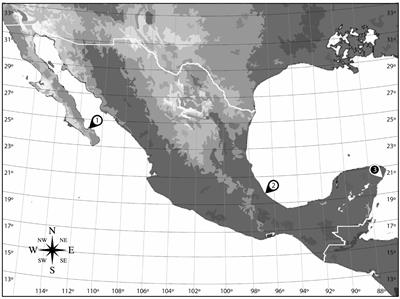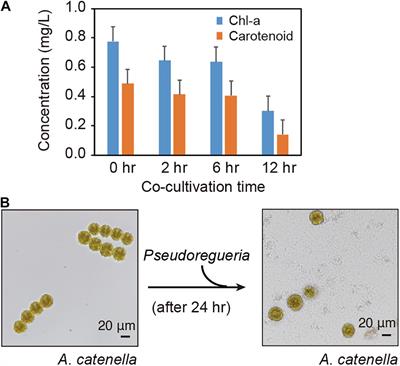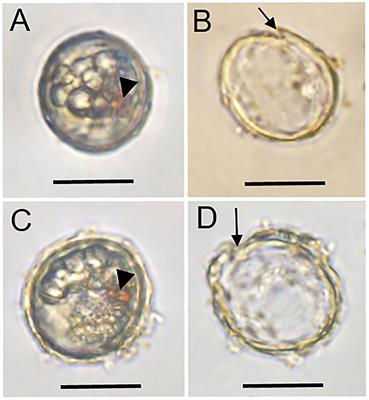EDITORIAL
Published on 01 Feb 2022
Editorial: Harmful Algal Blooms in Marine Environments: From Biologically Active Compounds to Species Diversity
doi 10.3389/fmars.2022.812660
- 1,635 views
- 3 citations
3,703
Total Downloads
20k
Total Views and Downloads
You will be redirected to our submission process.
EDITORIAL
Published on 01 Feb 2022
ORIGINAL RESEARCH
Published on 15 Oct 2021

ORIGINAL RESEARCH
Published on 29 Sep 2021

ORIGINAL RESEARCH
Published on 28 Sep 2021

ORIGINAL RESEARCH
Published on 09 Sep 2021

ORIGINAL RESEARCH
Published on 07 Dec 2020

